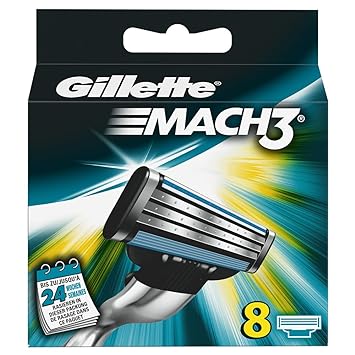Except it's really not the same.
I alluded to this, above. In the article you cited, every hard disk sector is reachable by 2 heads. In this case, each sector is only reachable by a single head. That article does a pretty good job of explaining why the old approach could not be carried forward. I think the main issue is that mutually calibrating multiple heads per platter being just to difficult and fragile.
There
is one notable thing about that article:
Oh man, I miss the days when reporters would bother to visit the forums and actually talk to companies and try to get answers - not just parrot the latest press releases. Well, at least
@PaulAlcorn still does, on occasion.
Based on what I assume has happened to the site's readership numbers + the burying of the forum posts on the article pages, it's not exactly surprising that we get no love (or much in the way of journalistic heroics).



